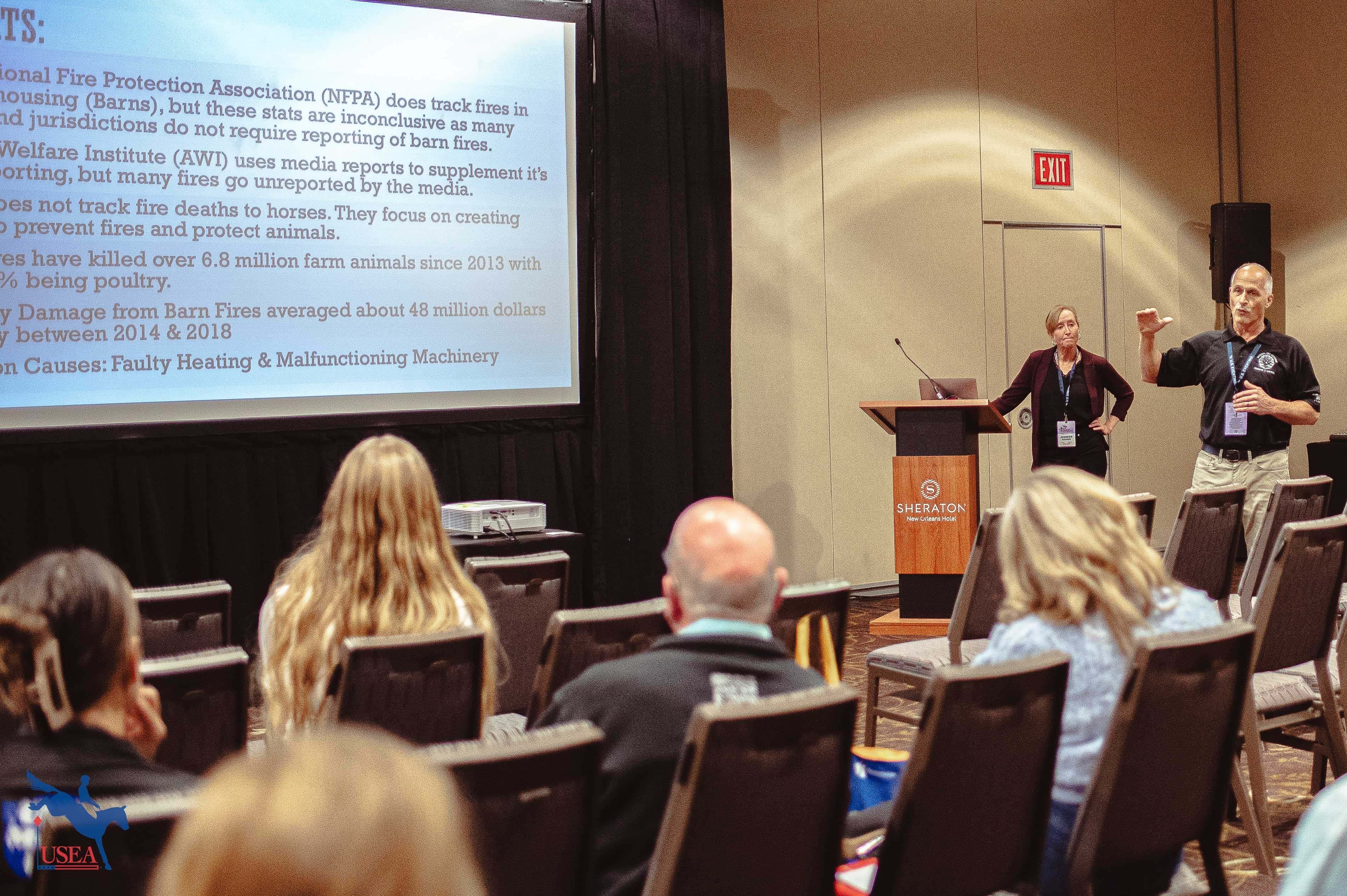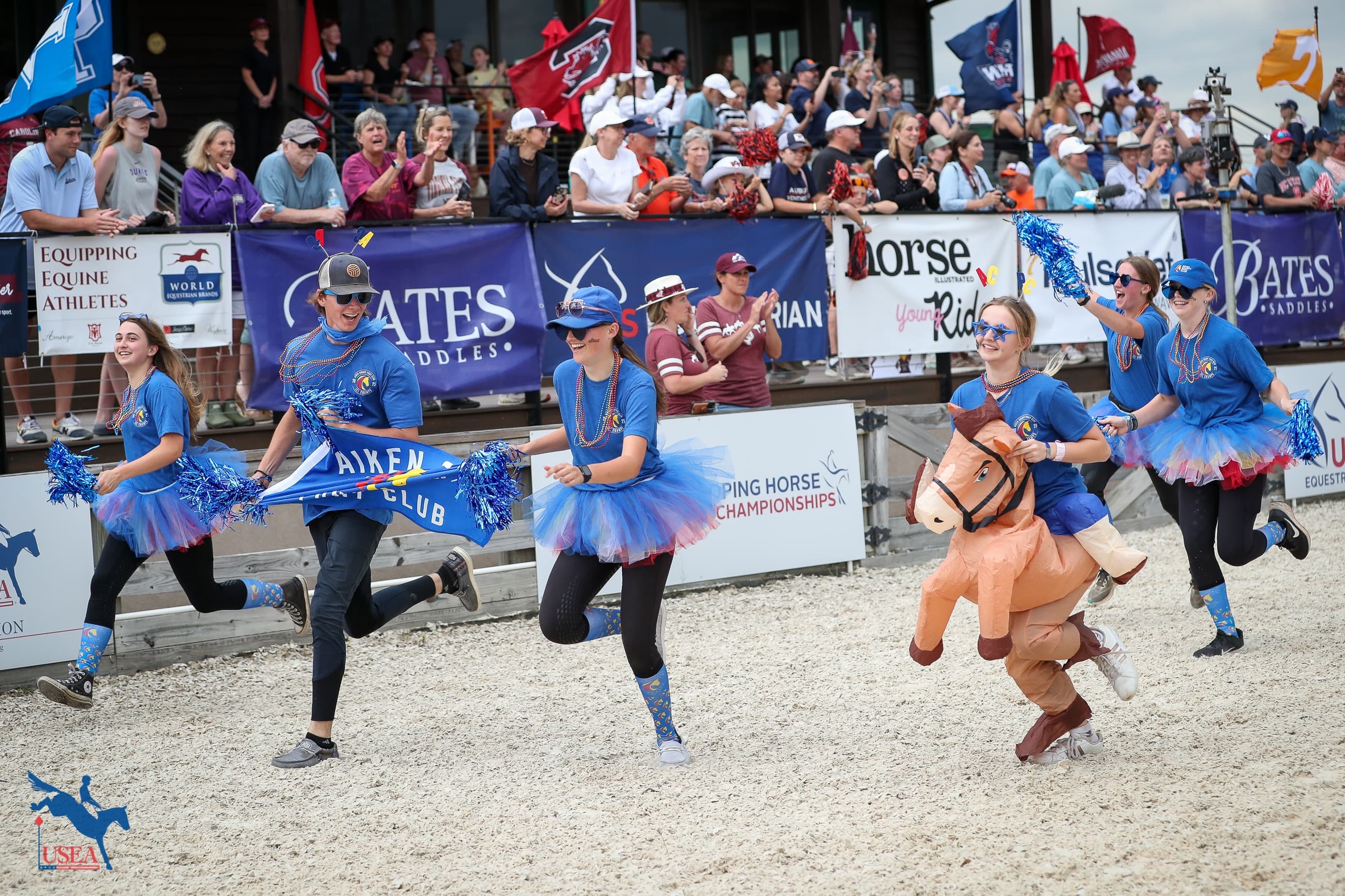The Origin of Steeplechase
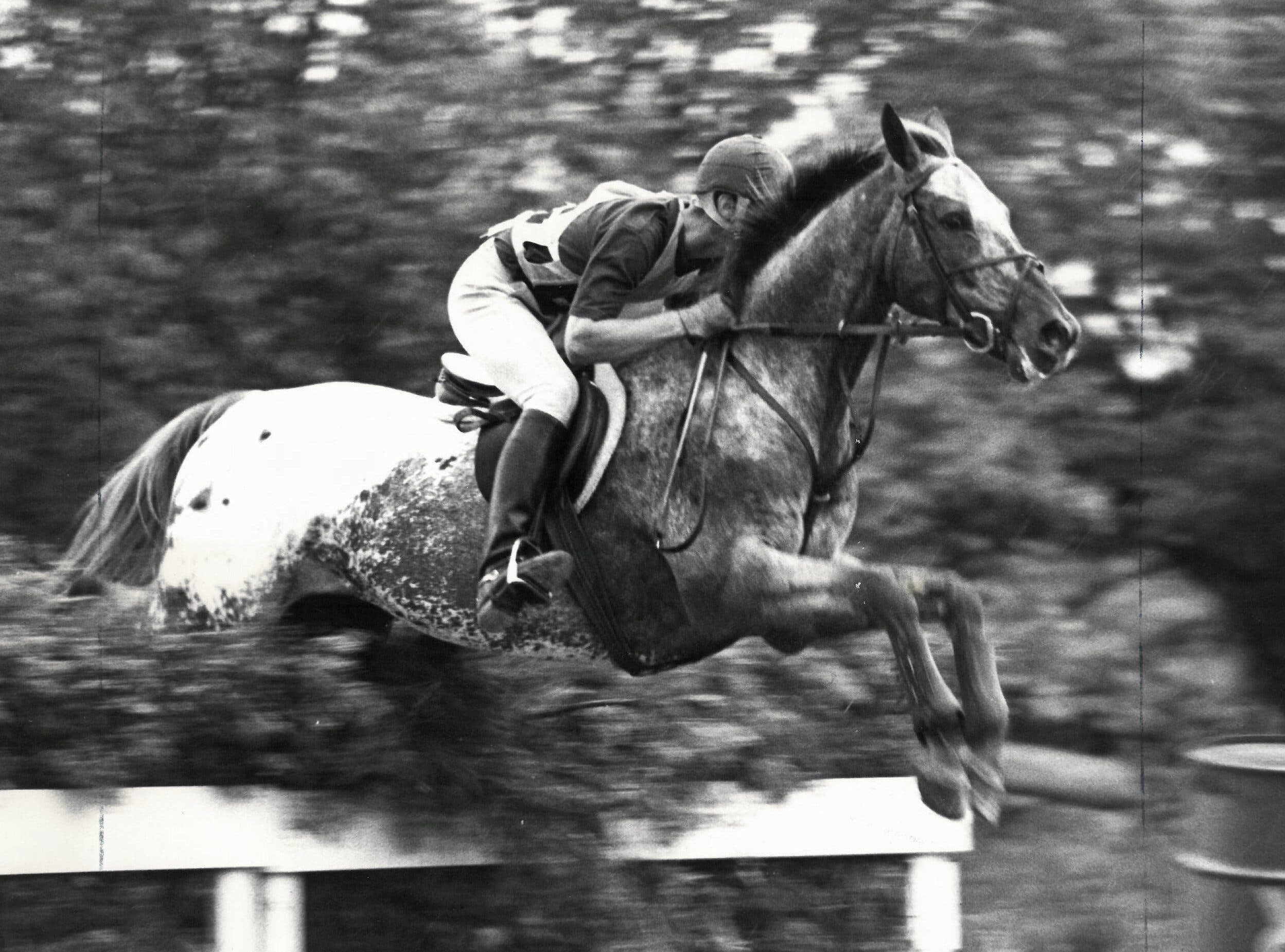
The first record of a steeplechase race was in Ireland in 1752. The race, which was between Cornelius O’Callaghan and Edmund Blake, started at St. John’s Church and ended at St. Mary’s Church (around 4.5 miles total) in County Cork, Ireland. After that race, steeplechase was born.
As early races started at one church steeple and finished at another church steeple, the name ‘steeplechase’ was created. A staple in eventing from 1912 to 2004, the United States is now the only country to still offer steeplechase in eventing through the Hylofit USEA Classic Series Events.
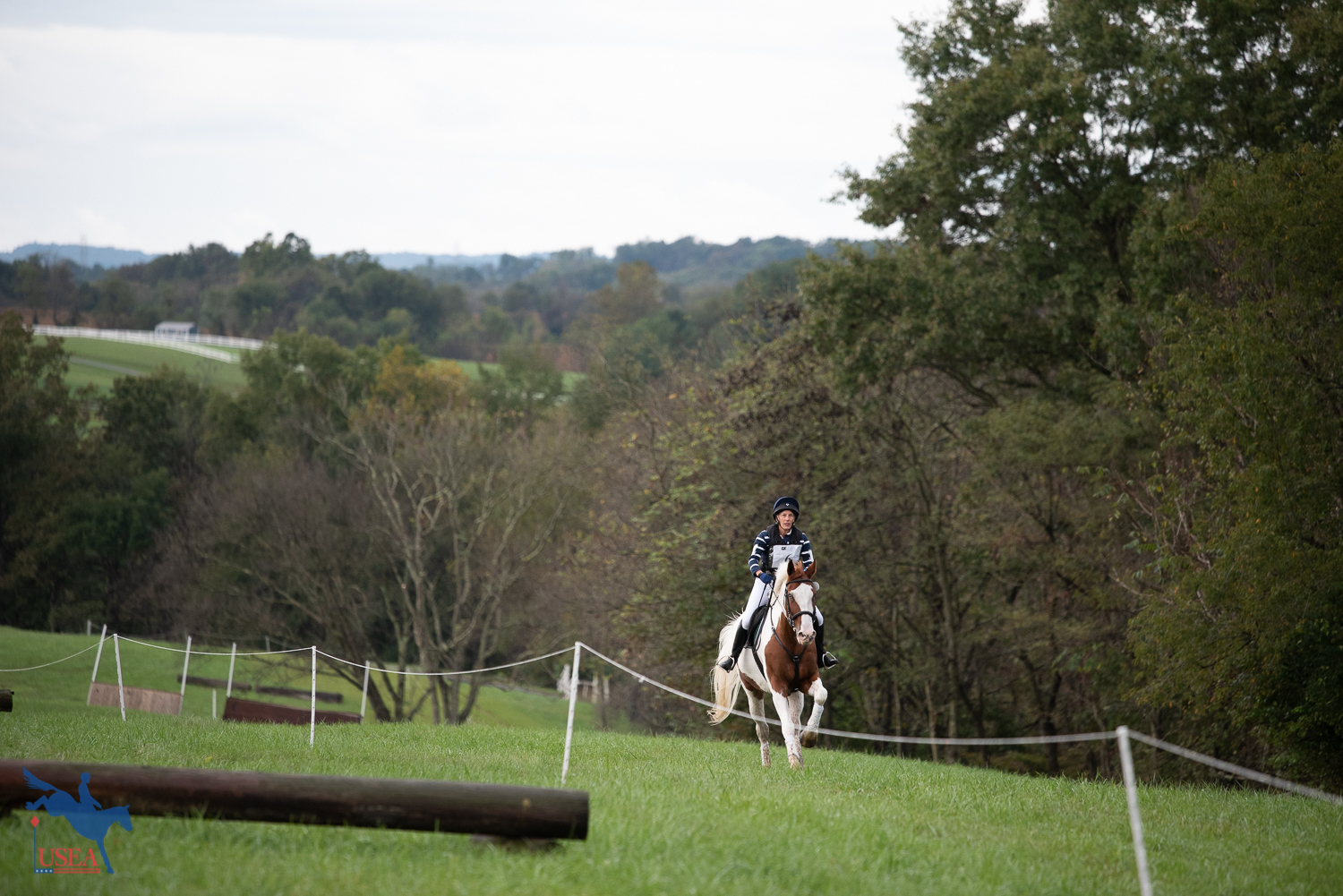
The Birth of Steeplechase in the U.S.
According to The National Steeplechase Museum, the first steeplechase race in the U.S. was held near Washington D.C. in 1834 due to the influx of English and Irish immigrants. As steeplechase races started to gain popularity across the East Coast, the National Steeplechase and Hunt Association in Fair Hill, Maryland was founded in 1895.
There are two forms of steeplechase in the United States – hurdle races and timber races. Hurdle races have natural fences that are packed with pine, hedges, or synthetic brush, and the jumps are meant to be brushed through. Hurdle races are 2-3 miles in distance. Timber races have solid, wooden rail fences and the distances are longer, ranging from 3-4 miles. Notable timber races include the Virginia Gold Cup and the Maryland Hunt Cup.
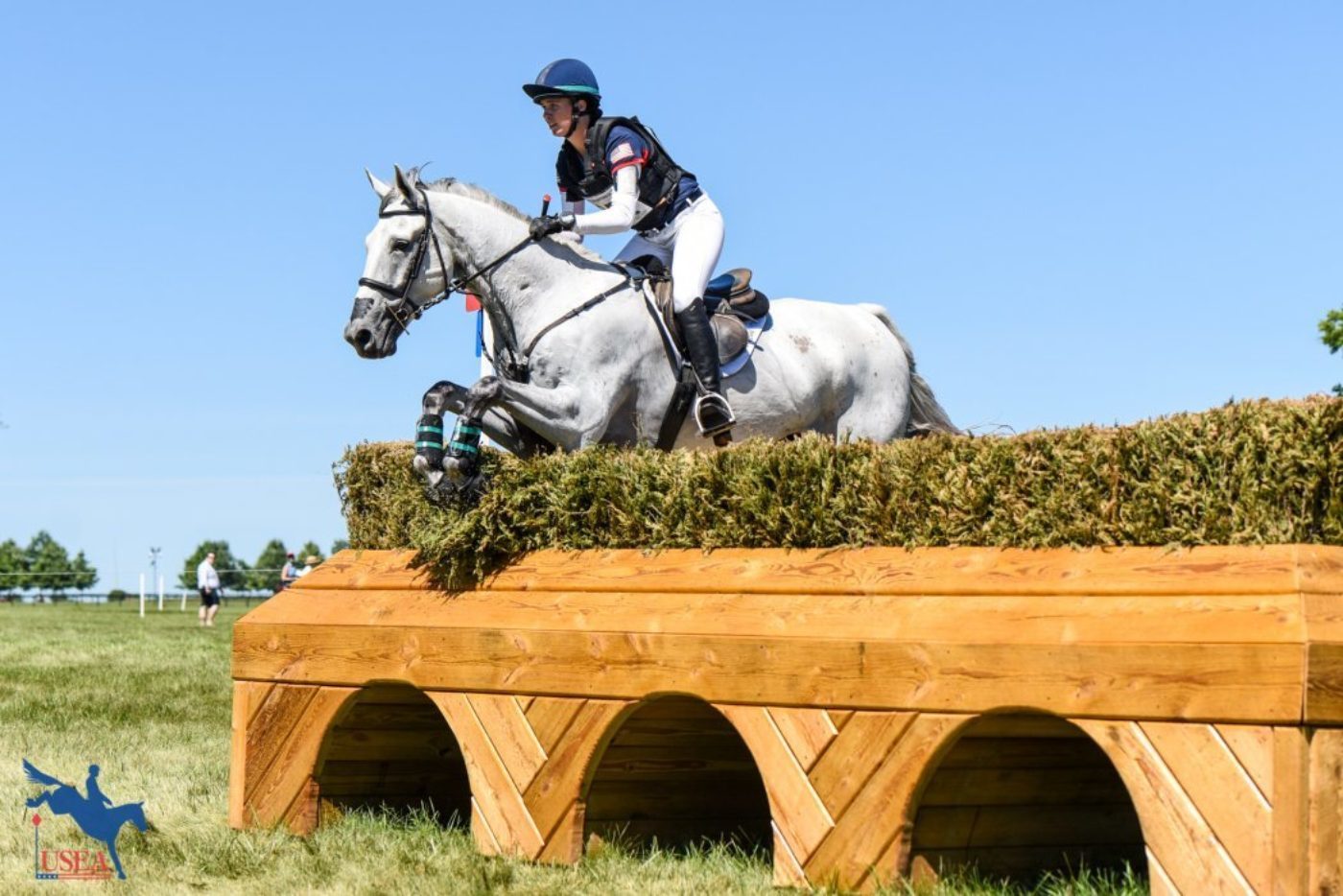
The National Steeplechase Association (NSA) explains that a steeplechase horse is a full Thoroughbred and are typically a little older than horses that race on the flat. While most steeplechase horses have experience flat racing, a steeplechase horse must possess speed, stamina, and jumping ability. A need for stamina is significant as steeplechase races are longer than flat racing. The Belmont Stakes, which is the longest race of the Triple Crown Series, is 1.5 miles where steeplechase races are no less than 2 miles.
Currently 11 states host steeplechase races with multiple races held in Maryland, Pennsylvania, Virginia, South Carolina, North Carolina, and Georgia. The steeplechase season is from March to November and the NSA has over 30 races on their 2019 schedule.
Steeplechase in Three-Day Eventing
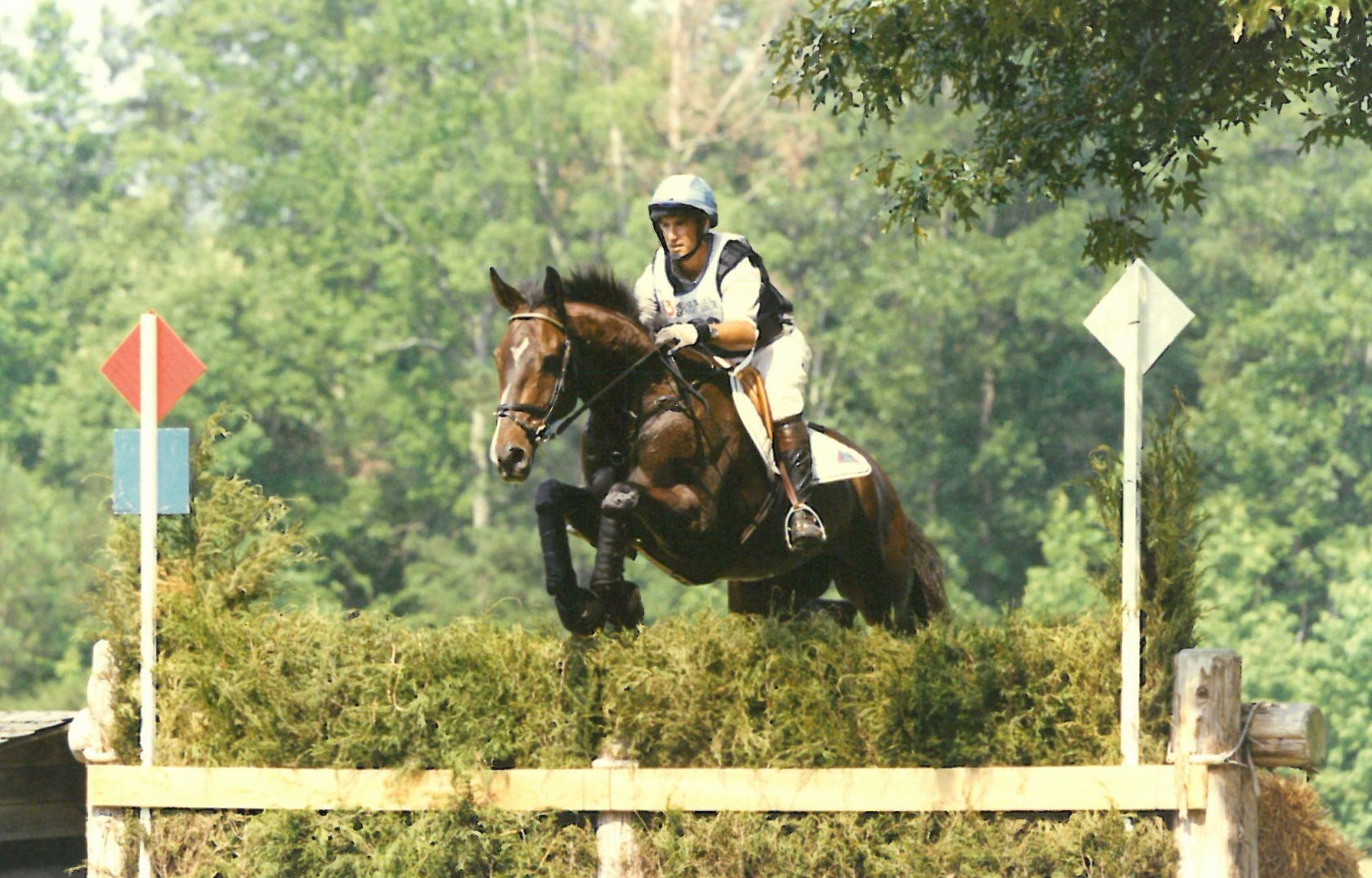
While steeplechase racing may have started in 1752, three-day eventing wasn’t recognized as an official sport until the 1912 Olympic Games in Stockholm, Sweden. Unlike steeplechase racing, event horses did not race against each other in the steeplechase phase, but were required to come within a pre-set time also known as ‘optimum time.’ Emulating the jumps seen in steeplechase hurdle racing, steeplechase in eventing – also known as phase B of endurance day – was ridden at an optimum speed of 600 meters per minute over a 2.5-mile track at the Olympic level.
Six phases were originally seen on endurance day in eventing: two roads and tracks, steeplechase, cross-country, and cool down. The removal of the cool down phase happened in 1967, and over time as the sport evolved so did the phases.
For the 2004 Olympic Games, a new format was introduced that shortened endurance day by removing roads and tracks and the steeplechase phases and just having phase D, the cross-country phase. This short format is now the standard format seen today. Although steeplechase has been removed from the standard format of eventing, the long format lives on through the Hylofit USEA Classic Series.
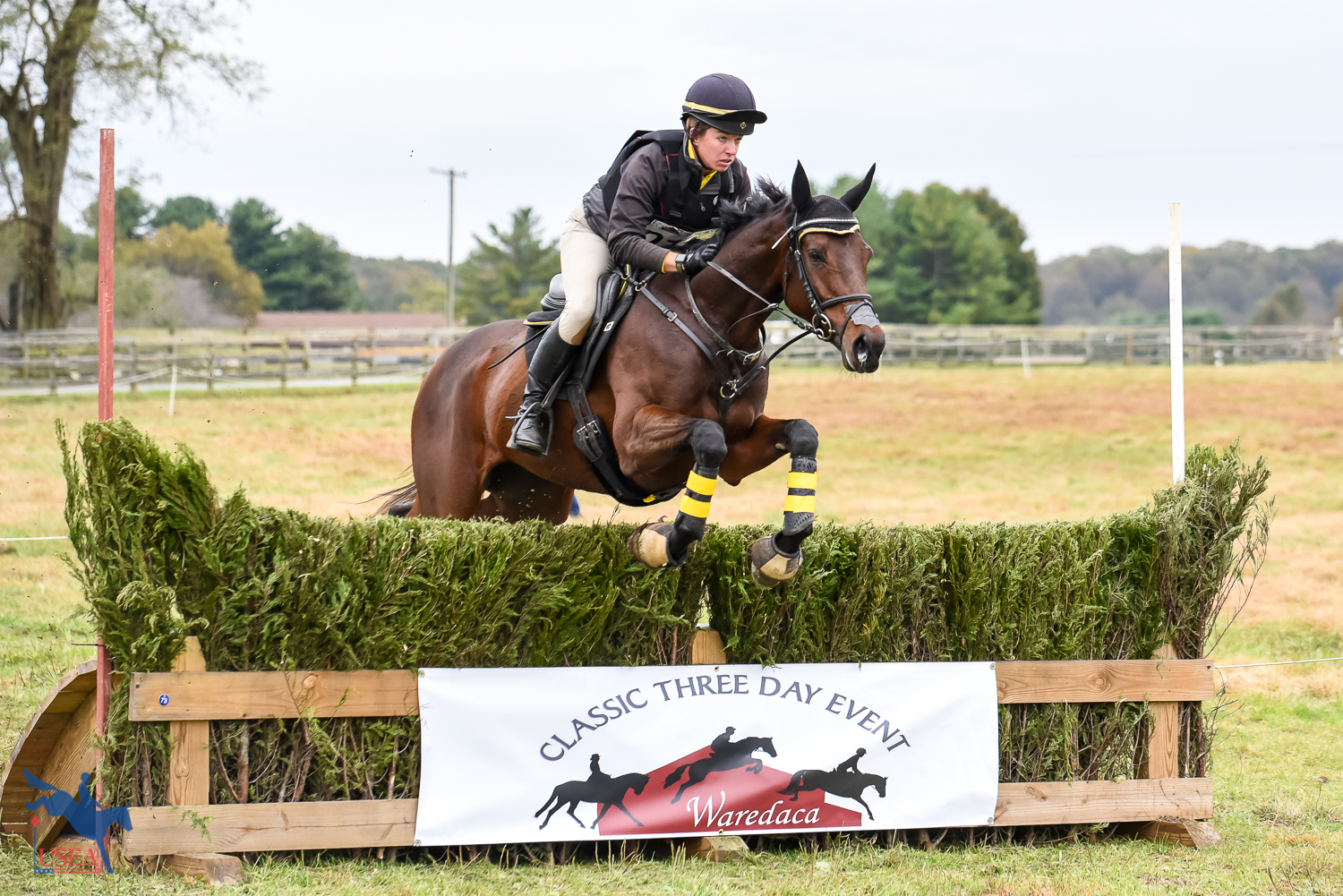
About the Hylofit USEA Classic Series
The Hylofit USEA Classic Series keeps the spirit of the classic long format three-day events alive for Beginner Novice through the Preliminary levels. Competitors can experience the rush of endurance day, including roads and tracks, steeplechase, the vet box, and cross-country, as well as participate in formal veterinary inspections and educational activities with experts on the ins and outs of competing in a long format three-day event. Riders who compete in a Hylofit USEA Classic Series event during the year will have the chance to win a variety of prizes at the events from USEA sponsors. Click here to learn more about the Hylofit USEA Classic Series.
The USEA would like to thank Hylofit, FLAIR, SmartPak Equine, Stackhouse & Ellis Saddles, and Parker Equine Insurance for sponsoring the Hylofit USEA Classic Series.
About Hylofit
Now available to purchase, the Hylofit system hit the marketplace in 2018. The Hylofit system is the only equine wearable to offer in-ride feedback for horse and rider. Hylofit’s state-of-the-art product is designed to maximize communication between horse and rider, improve training results, and promote the overall health and well-being of the horse. Hylofit unique features include real-time feedback, post-ride insights, rider insights, overall well-being of the horse and rider, zone training, sharing features, video features, weather impact features, and more. The Hylofit system that tracks both horse and rider’s heart rate is comprised of four hardware components, an app for iOS or Android, and an optional app for the iWatch.
Hylofit is generously providing a 10 percent discount for Hylofit products to all USEA Classic Series competitors! Hylofit will also provide 11 Hylofit systems to the high scorers of each USEA Classic Series event at the 2019 USEA Annual Meeting & Convention.

